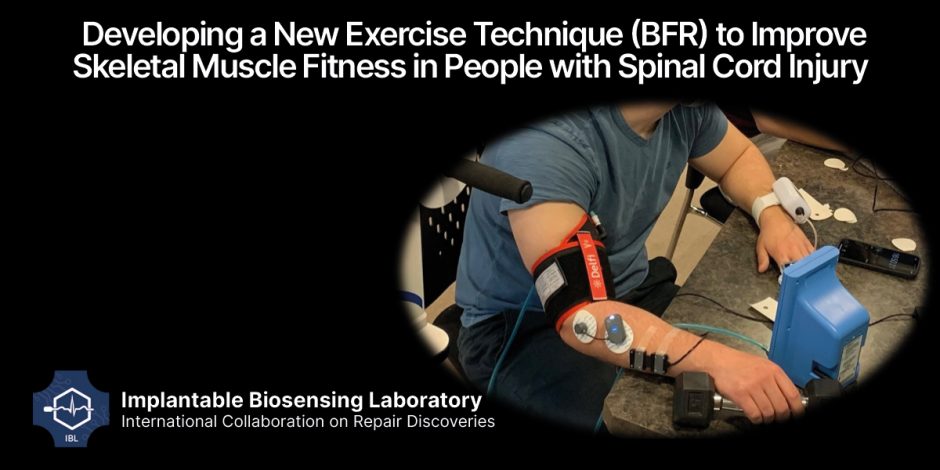
People with incomplete tetraplegia after spinal cord injury commonly experience upper extremity muscle wasting and dysfunction, which reduce their abilities to handle their activities of daily living independently. Improving upper limb skeletal muscle strength, endurance, and function is, therefore, a crucial clinical priority for improving their activities of daily living outcomes and quality of life in people with spinal cord injury.
High-intensity resistance exercise training programs are considered the most effective intervention to improve muscle endurance, strength, and hypertrophy in healthy individuals. It is while high-intensity exercise protocols might be high-risk for the majority of people with spinal cord injury. Furthermore, high-intensity exercise may cause upper limb muscle overuse injury, a critical and disabling condition in people with spinal cord injury.
By applying low-intensity resistance exercise with the application of blood flow restriction (BFR) we are developing a safe method to improve muscle strength, mass and function in people with spinal cord injury. The principle of the BFR technique involves exercising the targeted muscle group in a tourniquet-induced ischemic condition for the duration of the training.
Supported By:
